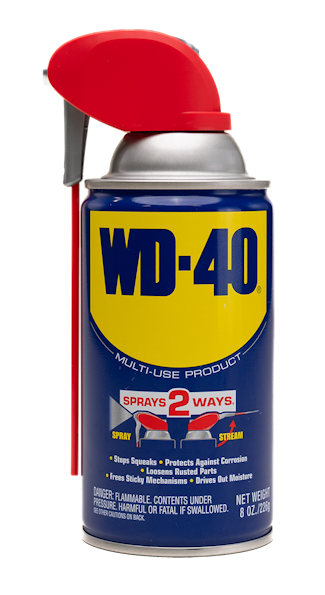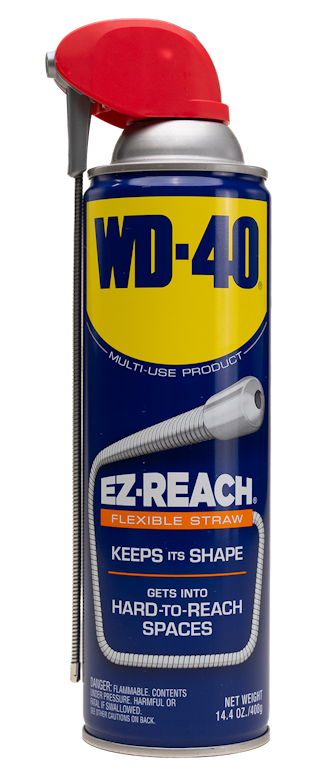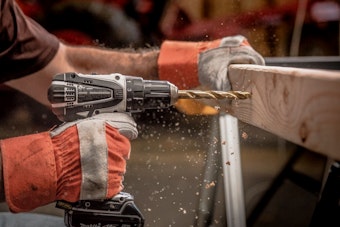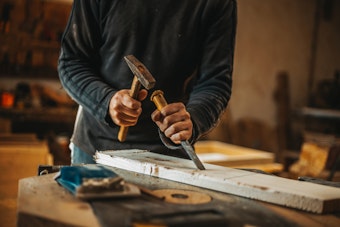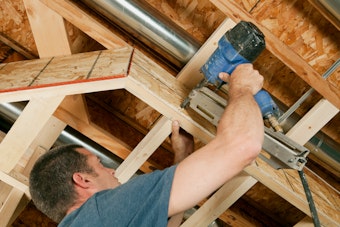How-to Maintain Your Tools: Drill Presses
How-to Maintain Your Tools: Drill Presses
<< BackWhile a drill press isn’t a standard-issue garage tool like a cordless drill, it can be a powerful asset for precision and convenience. More often used for projects, by craftsmen, and in professional trades, the drill press is not optimal for household tasks and occasional repair jobs. If you’re thinking to do some more serious projects using wood or working with metal, however, this tool can up your game and enhance the quality of your handiwork.
How it works
A battery-powered cordless drill has the advantages of portability and easy access to areas on a project where you need to work. The drill press is just the opposite: large, heavy, bulky, and difficult to move from place to place. A vertical drill press can be tucked against a wall in your garage or workshop, but it still occupies coveted floorspace when not in use. These qualities sound unappealing, but the weight and stability of the drill press is what allows for the precision drilling it can afford you when boring into wood and metal. Bits are held in the chuck and attached to the spindle, which can be adjusted to varying speeds and set to specific depths when you plunge the rotating bit down with a handle. Rather than having to lean your weight into the action as you would with a handheld tool, the drill press gives mechanical advantage and allows for easy and precise drilling that can be repeated over and over to a great degree of tolerance.
Caring for a Drill Press
Good maintenance habits on your drill press are fairly simple and will help extend its lifespan and ease of operation. Lubricating the chuck and spindle assembly should be done regularly with a dry lubrication such as WD-40 Specialist® Dry Lube. The formula keeps components of the drill press moving smoothly while also offering protection against rust with no oily residue. Choosing a dry lubricant for drill presses and other tools used for woodworking helps avoid collection of sawdust and debris on the equipment and can prevent other problems from arising due to build up of unwanted materials on the internal and external parts of your tools.
If your drill press is presenting excessive vibration or strange noises, check for worn belts and pulleys that have come out of balance. Consult online resources such as the Wood Workers Journal and the operator’s manual from the manufacturer to learn more about how to address these issues on your specific device.
Pro Tip: Drilling into metal materials can add extra wear and tear on bits, even those designed for metal. Adding a lubricant such as WD-40® Multi-Use Product can reduce friction and allow for easier drilling and cutting into metallic parts.
FEATURED PRODUCTS
WANT TO GET MORE TIPS AND TRICKS?
SUBSCRIBE TO THE NEWSLETTER
